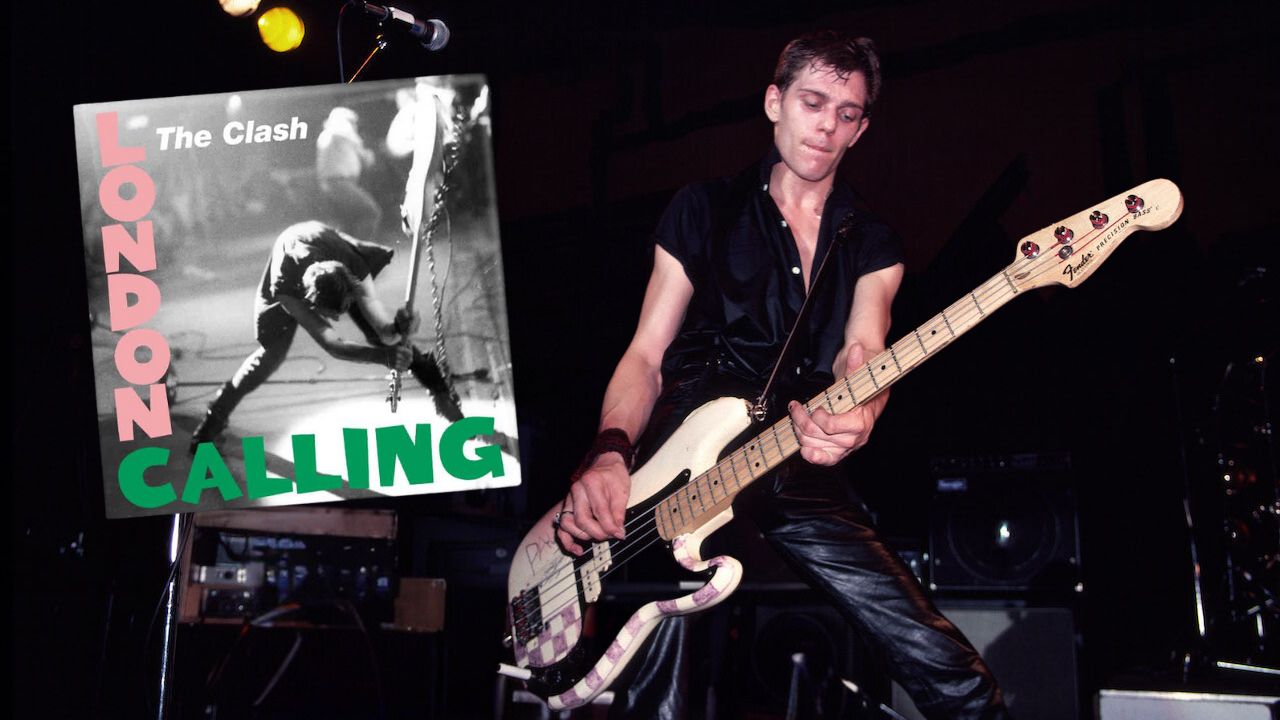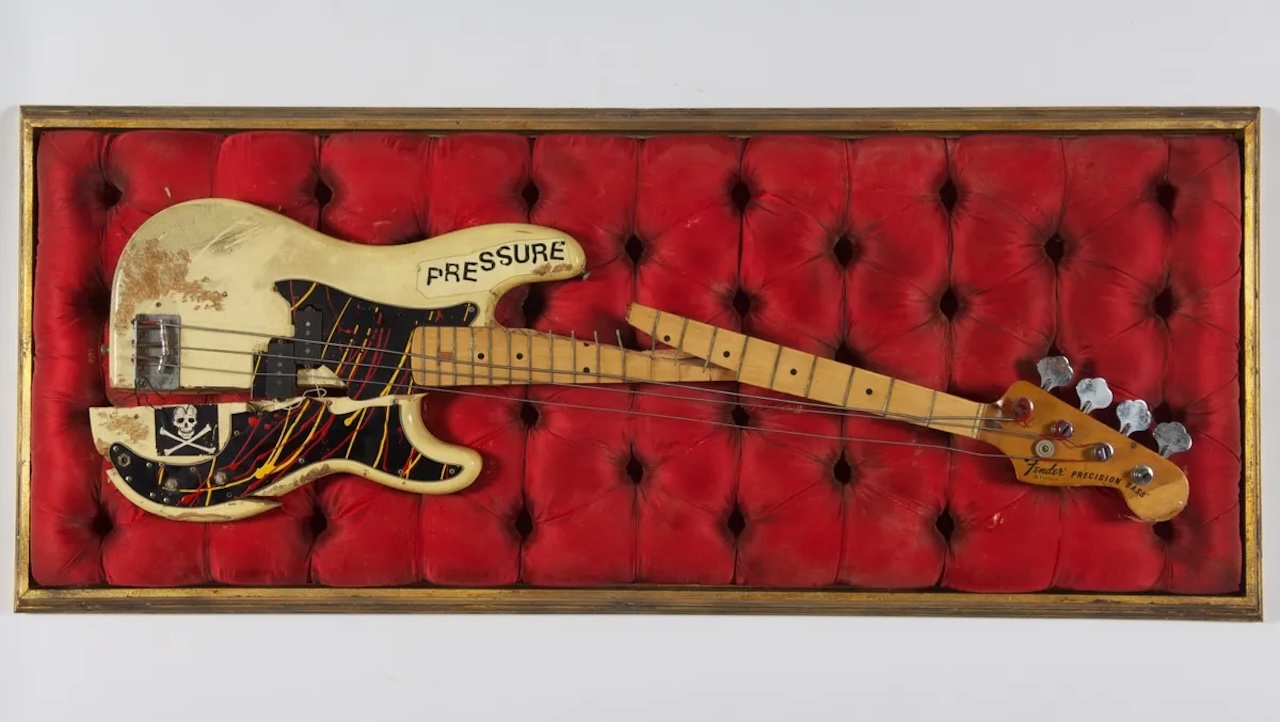“The bouncers wouldn’t let the audience stand up. That frustrated me to the point that I destroyed my bass guitar”: The Clash's Paul Simonon reflects on that iconic London Calling moment
Paul Simonon smashed his Fender P-Bass during a concert at New York’s Palladium on September 20th, 1979

Paul Simonon was a master of his instrument, with his grasp of reggae and rock that made his bass style unique, a fact duly noted on London Calling with its super-recognisable intro. An excellent Paul Simonon signature bassline – taken from the album of the same name – the attitude in the song’s instrumentation, and the obvious pop awareness in the songwriting, has made it an enduring classic.
Voted Album of the '80s by Rolling Stone magazine, the album cover also features one of punk's most iconic images – Paul Simonon ruthlessly driving his Fender bass guitar into the stage of the New York Palladium.
“I was just frustrated with the show,” Simonon told Bass Player. “We’d been used to playing to small audiences, but in a lot of places they have an orchestra pit and you're not in contact with the audience anymore. You almost feel like you're miming – getting no feedback. The bouncers wouldn’t let the audience stand up. That frustrated me to the point that I destroyed my bass guitar.”
“The unfortunate thing about the London Calling moment was... I wasn't thinking, 'Oh I've got the spare bass' – crack!’ Y'know? My spare was a new Precision and I didn't really like it: CBS had taken over Fender by then. But on the spur of the moment, I smashed the good one and the next day I realized, ‘Oh shit – now I've just got this stupid thin one.’
“I should have had a cheap spare that I could've brought out and smashed up, but it doesn't work that way. Not for me anyway. Eventually I found another which was pre-CBS and I've still got that one.”
Originally shown as part of the Museum of London's The Clash: London Calling exhibition from November 2019 to September 2020, the Fender P-Bass that Simonon smashed is now on permanent display at the museum as part of an exhibition that tells the story of London from the 1950s to today.

Paul Simonon was the image man in The Clash: the guy that came up with the band's name, who dreamt up their paint-splattered, sloganeering image. He was also the only member who was in the band from the beginning until the end.
All the latest guitar news, interviews, lessons, reviews, deals and more, direct to your inbox!
Recruited because of his attitude and looks, guitarist Mick Jones soon found out the extent of Simonon's abilities. Jones tried to teach him the guitar, but gave up in a matter of hours. The bass, he decided, would be a bit simpler.
“It was sort of disappointing for me,” said Simonon. “I had these grand dreams of being Pete Townshend, so once I was handed the bass I thought, I'll just pretend I'm playing guitar. Which is pretty much what I did from day one. I swung my arms around just like I was.”
Simonon was also notorious for wearing his bass impossibly low – Peter Hook later claimed that he got the idea for his signature strap length from seeing The Clash in Manchester.
“It was Dee Dee Ramone that set the standard for me. It is difficult, but I don't know how people can play it like the guy from Level 42. Maybe there's a half measure where you have it at your waist, but I preferred it like that: you had more room to throw it around, really.”
If Simonon wasn't throwing his bass around, he'd be vandalising it, carving his name on it, or splattering it with paint. “Brand-new guitars are just so, so dull. I wanted to add a bit of character. At least no-one was gonna nick it from you.”

Nick Wells was the Editor of Bass Guitar magazine from 2009 to 2011, before making strides into the world of Artist Relations with Sheldon Dingwall and Dingwall Guitars. He's also the producer of bass-centric documentaries, Walking the Changes and Beneath the Bassline, as well as Production Manager and Artist Liaison for ScottsBassLessons. In his free time, you'll find him jumping around his bedroom to Kool & The Gang while hammering the life out of his P-Bass.
